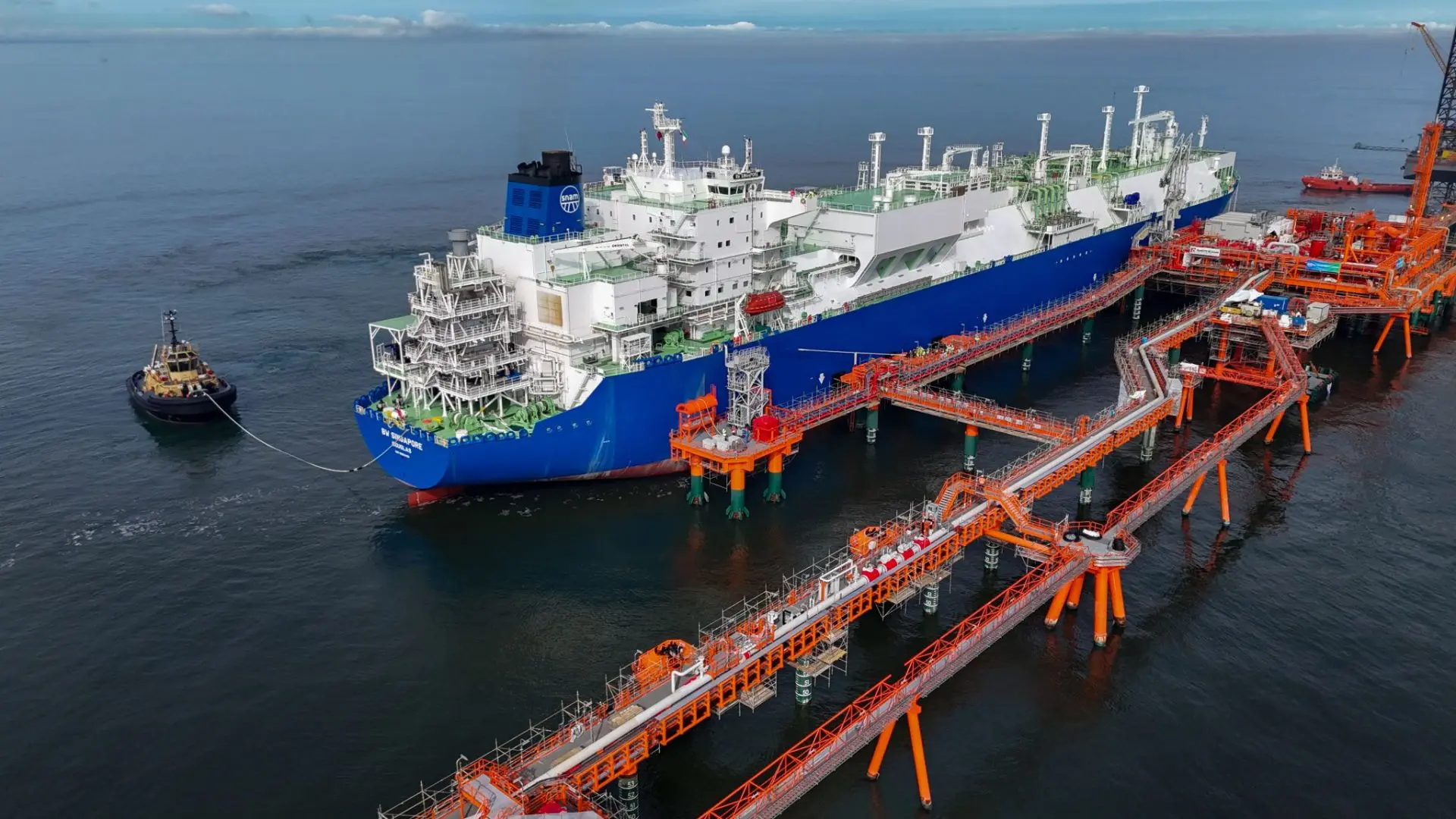This story requires a subscription
This includes a single user license.
In February, the 2015-built 170,000-cbm FSRU BW Singapore completed its mooring manoeuvre about 8 kilometres offshore Ravenna, at the former Petra offshore platform.
Prior to arriving in Ravenna, the FSRU completed gassing and cooling operations at the Enagas-operated LNG terminal in Cartagena, Spain.
Snam said on Tuesday that BW Singapore is ready to enter operation.
“With the arrival of the first cargo of US LNG, delivered by the tanker Flex Artemis on April 3, the commissioning activities of the facility preliminary to the start of the first phase of commercial operations, scheduled for early May, began,” Snam said.
“With the entry into operation of the Ravenna terminal, we are adding another fundamentally important element to the process of securing the country’s energy supply, which began in the aftermath of the Russian-Ukrainian crisis and has been made possible by the joint efforts of institutions and companies at both national and local level,” Snam CEO Stefano Venier said during a visit to the offshore terminal.
Italian regas capacity
Such as the 170,000-cbm FSRU Italis LNG, previously known as Golar Tundra, already in operation in Piombino, BW Singapore has an annual regasification capacity of 5 billion cubic meters.
With this unit, Italy’s total regasification capacity will rise to 28 billion cubic meters, equivalent to the volumes imported by pipeline from Russia in 2021, before the Russian-Ukrainian war, according to Snam.
This will account for 45 percent of the country’s domestic gas demand.
In addition to these two FSRU-based terminals, Snam holds significant stakes in all the regulated LNG regasification terminals currently operating in Italy, including the Panigaglia terminal, the Adriatic LNG terminal, and the OLT FSRU Toscana terminal.
In 2024, LNG met a quarter of Italy’s gas demand, with 150 ships from around 10 different countries reaching the four regasification terminals in Italy which, with the entry into operation of the Ravenna terminal, will soon become five.
“A trend that continues: in fact, 45 gas tankers from six different countries have already docked in Italy in the first quarter of 2025 alone,” Snam said.

